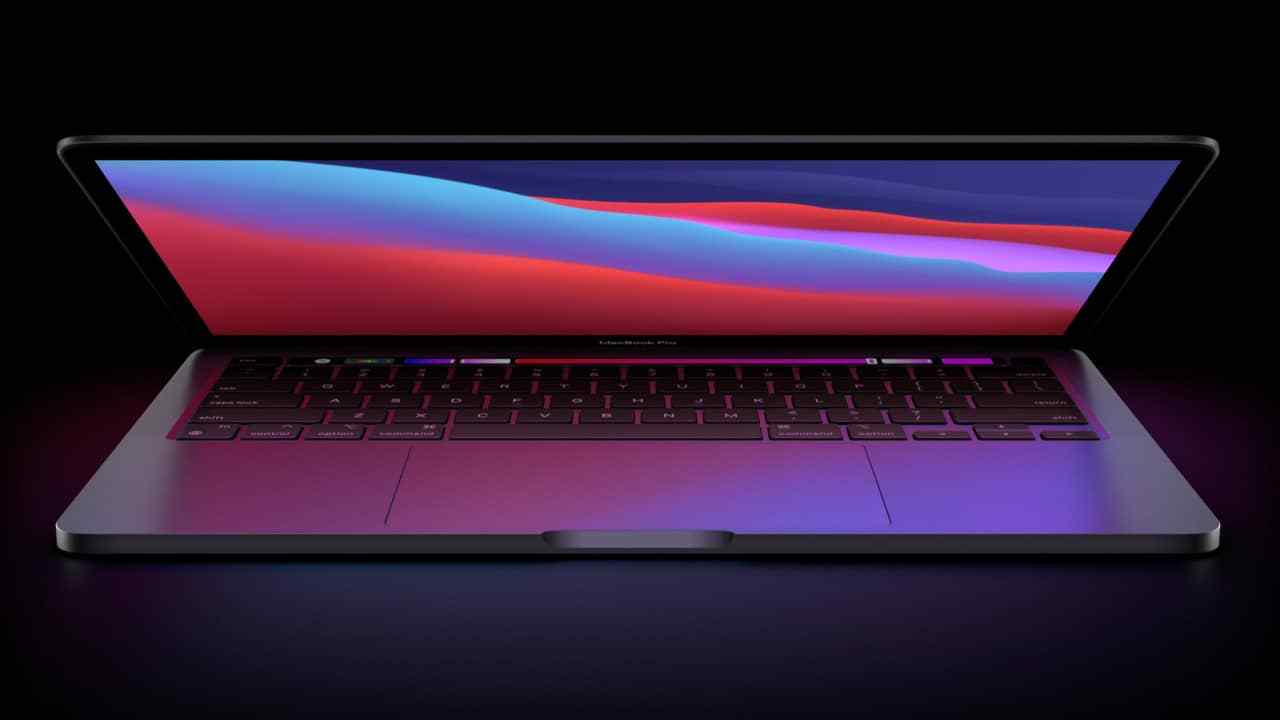If you notice that your MacBook is slowing down or if a particular program takes a long time to load, it might be a RAM issue. Below, you will find some useful tips to optimize the RAM of your MacBook Pro, Air, or iMac.
What is RAM (Random Access Memory)?
The RAM in your MacBook is stored on a memory chip, which is usually located on the motherboard.
This is where your computer stores short-term data. RAM is the center of all active and running software and processes.
Your computer uses information stored in RAM to perform tasks while receiving and performing other functions.
The main reason for your MacBook’s performance degradation is the lack of RAM. After minor manipulations, when you have freed enough RAM, your computer will be able to perform your tasks with ease.
It’s worth mentioning that depending on your computer model, there are several ways to free up RAM, and we’ll talk about that later.
Why is Your Mac Consuming a lot of RAM?
A common culprit for RAM issues is Finder, your Mac’s file manager. If Activity Monitor has found that Finder is using hundreds of MB of RAM, there is a simple solution: change the default view to a new Finder window so that it doesn’t show all of my files. This is a background task that is easy to optimize if you are having problems with slow RAM.
Note that software like PhotoShop, video editing software, or even video games consume a lot of RAM. If you use your Mac heavily, you will have no choice but to adjust the amount of RAM to your needs.
The equation is simple, you will be using applications and software simultaneously and the more you will consume RAM.
If you exceed your RAM cost, you will have to work with a slow Mac which is not very pleasant. Fortunately, it is always possible to replace the RAM modules on a Mac to add more RAM.
More RAM allows your computer to run bigger apps and more apps at the same time, reducing or eliminating the need to load data from your hard drive or SSD continually. Most current Macs come with a minimum of 4 or 16 GB of RAM.
Tips to Optimize Macbook RAM
Before you invest in an Apple MacBook, there are a few tips that allow you to clean up, speed up, and optimize the RAM of your current Macbook RAM.
1. MacOS Finder
When you open a new window in the macOS Finder, the data displayed by each window is stored in RAM. Adjusting finder preferences can open your folders in tabs rather than in new finder windows.
There is another way to dump RAM by merging your Finder windows. You will select the “Window” drop-down menu rather than the Finder to do this.
From there, you’ll select “Merge All Windows” to put all of your Finder windows in one place. This will save you storage space and de-clutter your desk.
2. Check Activity Monitor
To track your RAM usage on a Mac, you can look at Activity Monitor, which shows you how much memory is being used and what is using it. Use Activity Monitor to determine which apps are taking up most of your storage space. Delete the ones you no longer use.
3. Check CPU Usage
You can also use the Activity Monitor app to check the health and usage of your processor. The CPU is your central processing unit, and it executes instructions from computer software information stored in RAM.
To monitor your CPU, simply select the “CPU” tab in front of the “Memory” tab. This is where you can see if some apps require more processing power than others.
4. Cleaning Programs
If you’re looking to maintain a consistently healthy amount of RAM, you’ll want to keep your computer clean and organized.
A cluttered desktop will use up storage much faster because macOS treats every icon on the desktop as an active window. Even if you don’t think you can organize your files, putting everything in one general folder can free up a lot of RAM.
5. Free up Disk Space
If you find that your RAM is full, but you still need storage, you can use the free space on your Mac’s disk called virtual memory. This extra storage is on Mac computer hard drives so that you can continue to run applications.
The feature is still enabled, but to use virtual memory, you need to make sure that you have driver space available for swapping.
To ensure that your favorite computer gets the most out of your work, we recommend that you monitor RAM status at least sometimes. If apps or certain programs hang up or slow down, use one of the five tips we suggested in the article above.
6. Replace the HDD with an SSD
Replace a hard disk with an SSD if at all possible. There will be a noticeable increase in speed. You can disregard the remaining advice in this post if you upgrade to an SSD drive for your Mac.
7. Turn off Spotlight
Turn off the spotlight if you don’t use the search function or if you have an SSD installed. Access Spotlight by opening System Preferences.
Remove all of the checkboxes from the “Search Result” and add (by clicking the plus symbol at the bottom) the drives you wish to keep search results from coming up.
8. Turn off the Dashboard
Although the dashboard is a great feature, it wastes your resources if you don’t use the service. To turn it off, use the Terminal.
Enter the following command to do this: “defaults write com.apple.dashboard mcx-disabled -boolean YES.”.
Use the following command to turn it back on: “defaults write com.apple.dashboard mcx-disabled -boolean NO”.
9. Update your macOS
The App Store allows Mac updates and provides functional add-ons. Installing the latest recent updates and fixes will preserve and enhance the functionality of your Mac and maximize its performance.
Also Read: Tips To Protect Any Apple MacBook Pro Laptop
Follow Top and Trending on Google News and receive the latest alerts and the main news about apps, technology, beauty, entertainment, and all the top 10 related posts.



